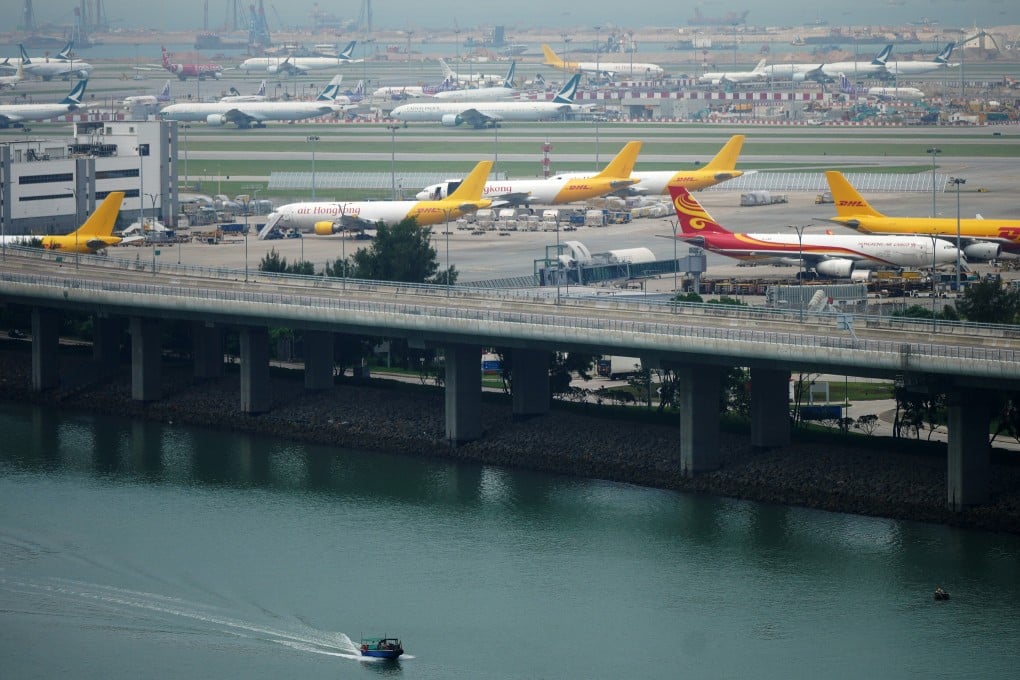Hong Kong keeps its edge as Asia’s air transport hub for DHL and other logistics firms amid rivalry in Greater Bay Area
- Hong Kong counts superior flight connectivity, easier customs clearance among advantages amid challenges from Greater Bay Area airports
- Shenzhen and Guangzhou airports are stepping up rivalry as the Chinese economy rebounds and grows in significance to global output

The city operates the most number of scheduled flights to the widest international destinations, making it the preferred choice for companies like DHL Express. Faster customs clearance and higher flight frequencies will help the city maintain its role as the regional aviation hub, according to FreightAmigo Services.
Hong Kong connects flights to 117 international destinations as of December 16, topping all airports in the bay area. The city recorded 29,698 international passenger flights this year through December 16, almost triple its nearest competitor Guangzhou, and more than Macau and Shenzhen combined, according to data compiled by aviation analytics company Cirium.
Shenzhen airport, for example, has seen rapid gains in flight connectivity since 2017, after the central government designated it as an international aviation hub. Its international reach surged by 68 per cent, 24 per cent, and 29 per cent in 2017, 2018 and 2019, according to Cirium.
